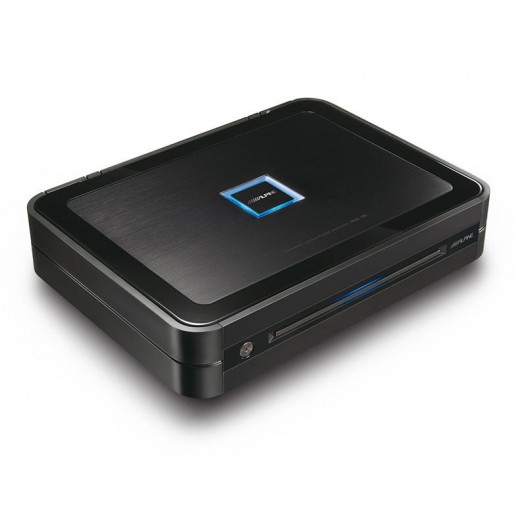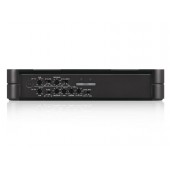Alpine PDX-V9 amplifier
5-channel amplifier, 4 x 100 + 1 x 500 / 2 x 200 into 4 Ω / 4 x 100 + 1 x 500 W RMS into 2 Ω, class D
More about the product
More about the product
ask us
| Catalog number | PDX-V9 |
| Brand | Alpine |
| Links | CZ official web presentation |
Overall rating 0 % No one has rated the product yet |
|
 Car cosmetics+−
Car cosmetics+− Car fragrance+−
Car fragrance+− Car stereos+−
Car stereos+− Reduction frames of car radios+−
Reduction frames of car radios+− ISO connectors for car radios+−
ISO connectors for car radios+− Noise reduction of vehicles+−
Noise reduction of vehicles+− Car speakers+−
Car speakers+− Speaker pads+−
Speaker pads+− Amplifiers+−
Amplifiers+− Processors and accessories+−
Processors and accessories+− Subwoofers and loudspeakers+−
Subwoofers and loudspeakers+− Mounting material+−
Mounting material+− Cables+−
Cables+− Car antennas+−
Car antennas+− Car accessories / others+−
Car accessories / others+− USB & AUX adapters+−
USB & AUX adapters+− Promotional goods and sales+−
Promotional goods and sales+− Action sets+−
Action sets+− By brand
By brand


